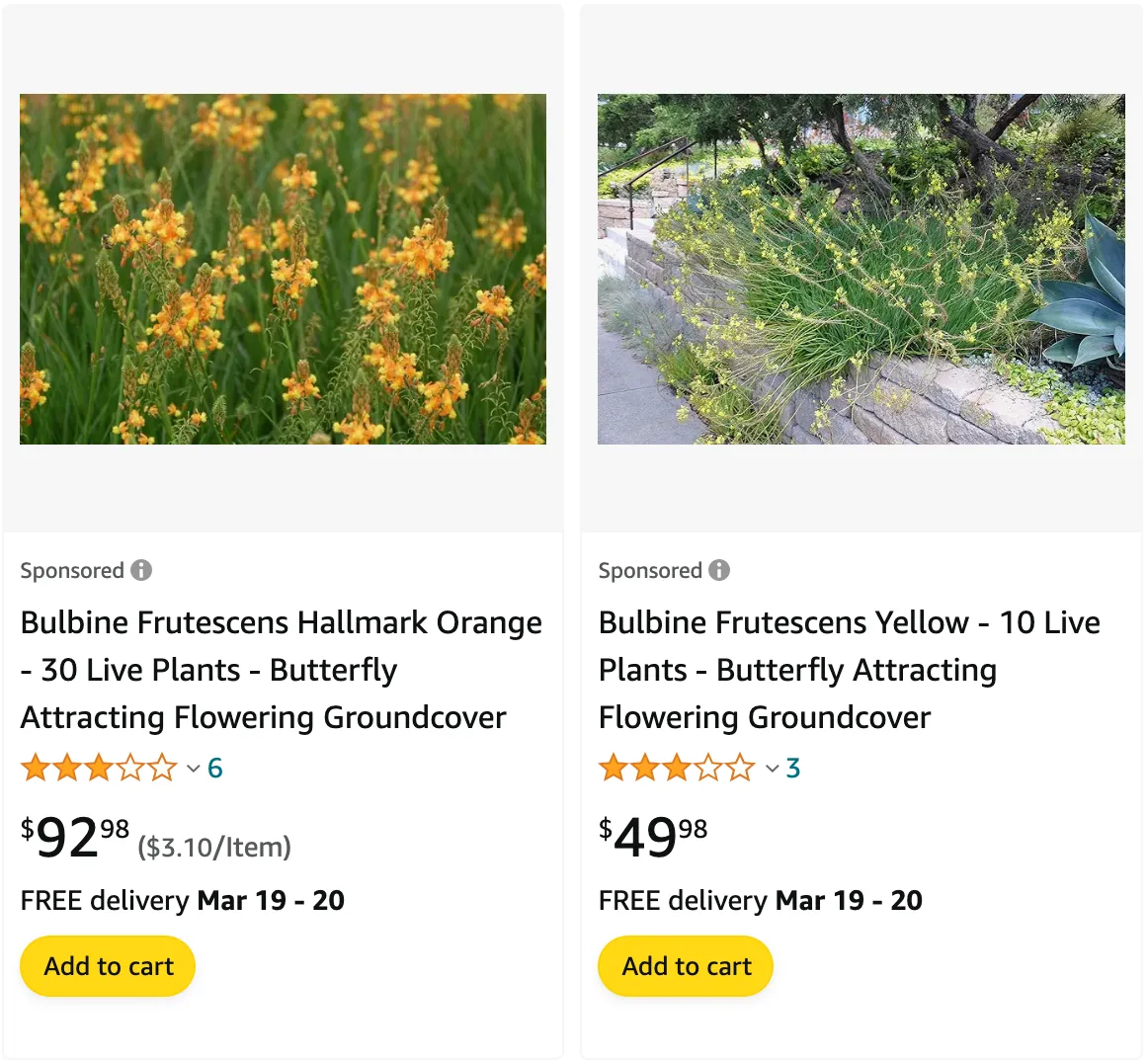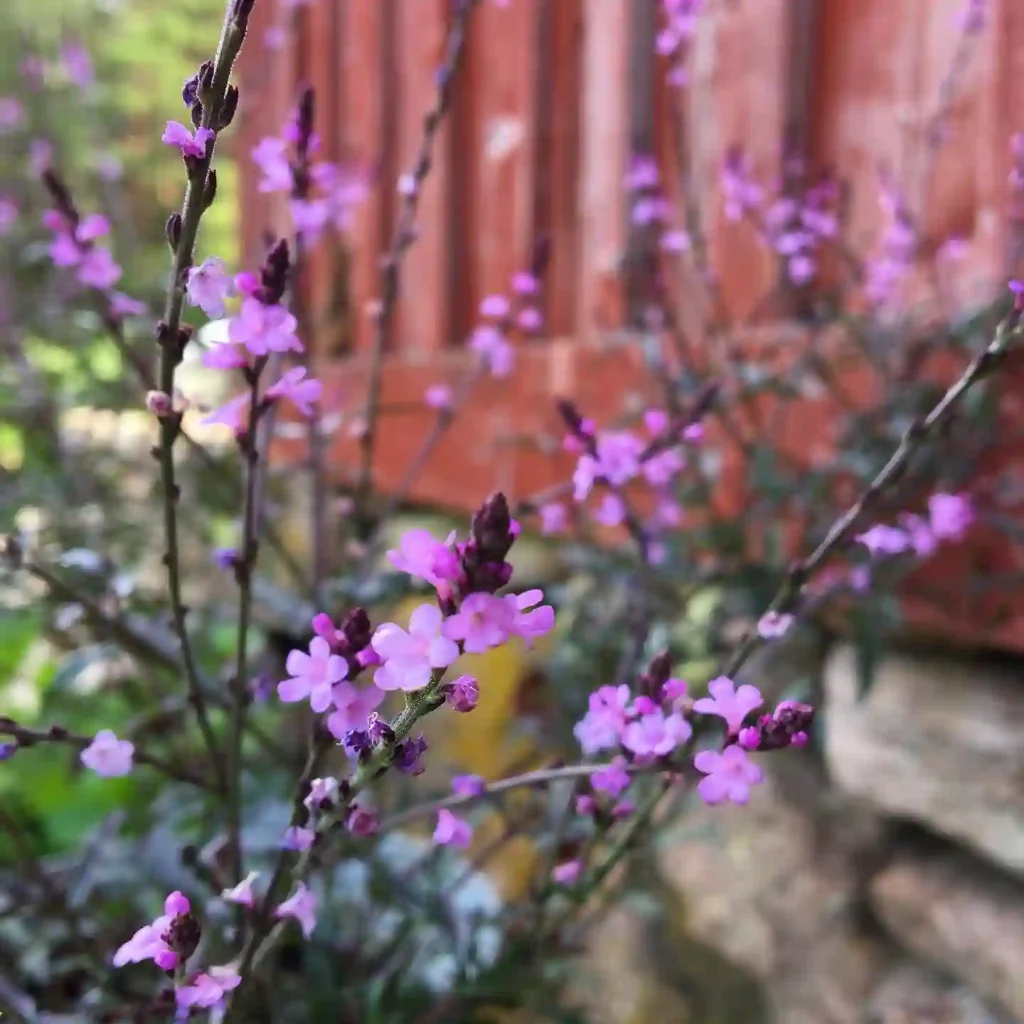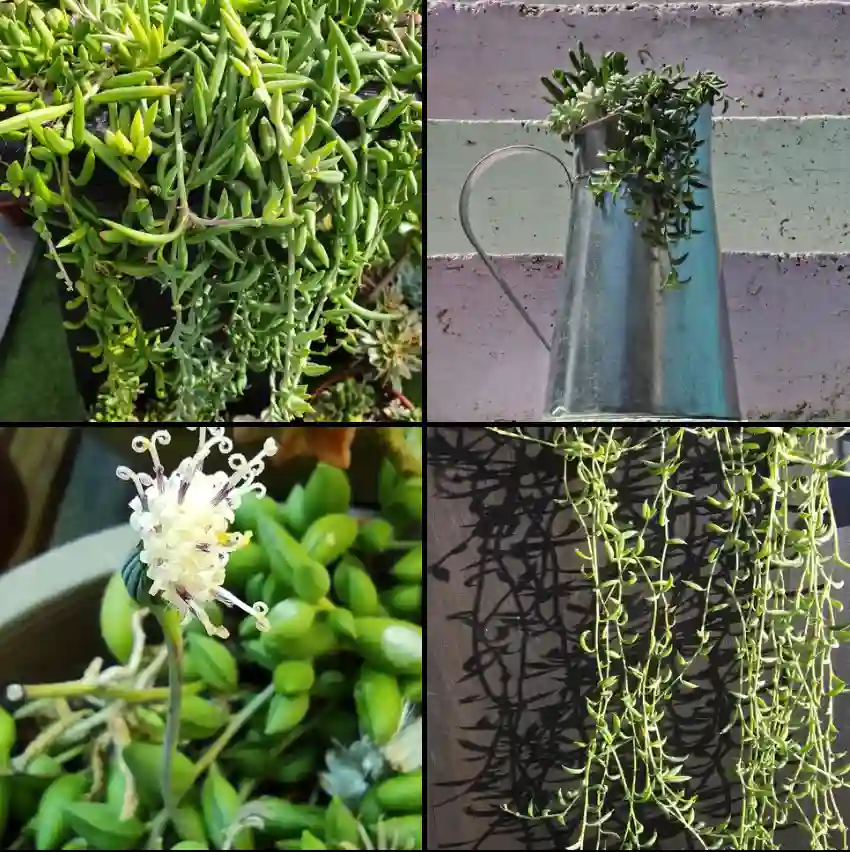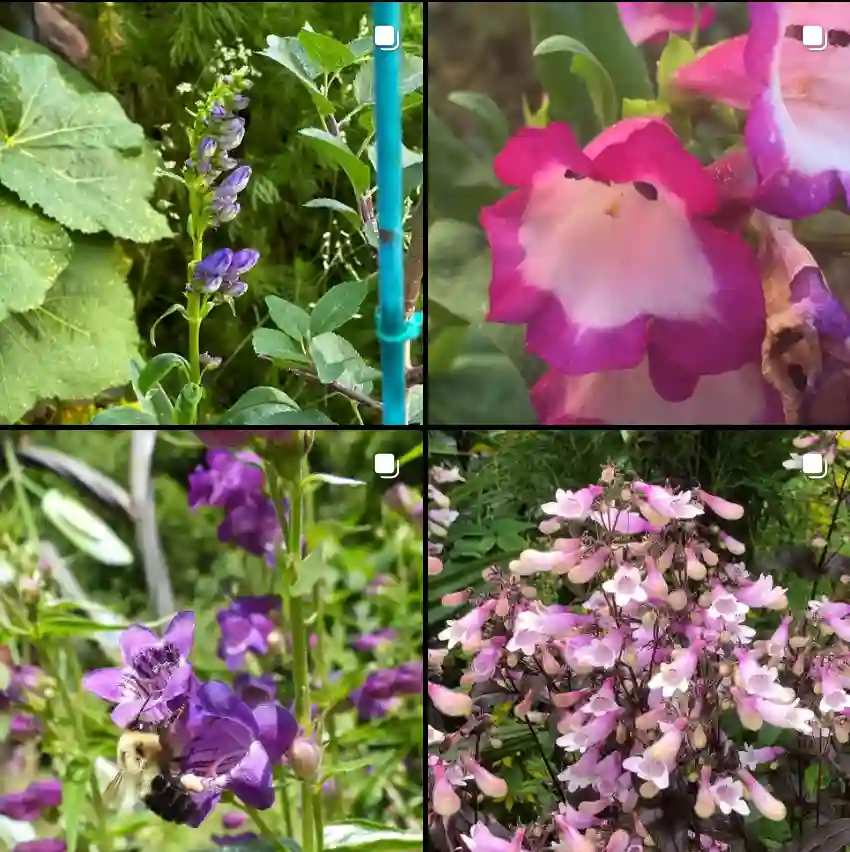
A Gardener’s Guide to the Bulbine Frutescens: A South African Beauty
For years, I’ve been drawn to plants that thrive with minimal fuss. Enter the Bulbine frutescens, a South African native that stole a place in my heart (and garden) with its vibrant personality. This succulent perennial isn’t just easy on the eyes; it’s easy on the gardener too.
90 Species in Genus Bulbine
What is Bulbine Frutescens?
The Bulbine frutescens, also known as the wild kopieva or stalked bulbine, is a succulent superstar. Native to South Africa, it brings a touch of sunshine wherever it’s planted. Fleshy, green leaves form rosettes, with slender stalks erupting into fiery orange blooms throughout summer.
While the orange flowers are the showstoppers, some varieties boast yellow blooms, adding a delightful surprise to your garden palette. But the beauty goes beyond aesthetics. This little trooper is a champion of drought tolerance, making it ideal for water-wise gardens.
How to Care for Bulbine Frutescens?
As someone who appreciates low-maintenance plants, the Bulbine frutescens is a dream come true. Here’s the skinny on keeping yours happy:
- Sun: This sun worshiper thrives in full sun, soaking up the rays like a lizard on a rock.
- Soil: Well-draining soil is key. Think sandy loam or a cactus mix. Poor drainage is a recipe for root rot, so err on the side of good drainage.
- Watering: Water deeply when the soil feels dry to the touch. During dormancy (usually winter), you can ease off on watering even more.
- Feeding: A light feeding in spring with a balanced fertilizer is all it needs.
How to Propagate Bulbine Frutescens?
Sharing the joy of Bulbine frutescens is easy. There are two main methods for propagation:
- Division: In spring or fall, carefully dig up a mature clump and gently divide it into sections, each with healthy roots. Replant the divisions in prepared soil and water well.
- Offsets: Bulbine frutescens often produces offsets, or pups, around the base of the mother plant. These can be carefully separated and planted in their own pots or directly in the garden.
Is Bulbine Frutescens Poisonous to Dogs?
This is a crucial question for pet owners. Unfortunately, Bulbine frutescens contains toxins that can be harmful to dogs if ingested. Keep an eye on curious pups and ensure your Bulbine frutescens is planted in a dog-inaccessible area.
Is Bulbine Frutescens the Same as Aloe?
Both Bulbine frutescens and Aloe belong to the same family, Asphodelaceae. However, they are distinct genera. While they share some similar characteristics, such as succulent leaves, they have different flower shapes and growth habits.
What to Plant with Bulbine Frutescens?
The fiery orange blooms of Bulbine frutescens pair beautifully with a variety of plants. Here are a few ideas:
- Blue-flowering companions: Lavender, Russian sage, or blue fescue all create a stunning color contrast.
- Silver foliage: Dusty miller or lamb’s ear add a touch of softness and texture.
- Other succulents: Echeveria, sedum, and aloe vera create a low-water oasis.
With its easygoing nature and vibrant charm, the Bulbine frutescens is a welcome addition to any garden. So, if you’re looking for a plant that thrives on neglect and adds a pop of color, give this South African beauty a try. You won’t be disappointed.
If i die, water my plants!



